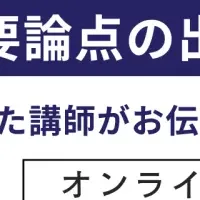
Algorand's Staking Rewards Revolutionize Cryptocurrency Engagement with Real-Time Payments
Algorand's Innovative Staking Rewards Program
The Algorand blockchain has recently introduced a groundbreaking staking rewards program that aims to enhance user engagement and security for its community members. The Algorand Foundation announced on January 24, 2025, the implementation of a real-time reward system following a significant update to its consensus mechanism.
This new rewards structure marks a notable improvement in the realm of cryptocurrency staking, especially when compared to existing models used by other popular blockchains like Solana or Ethereum. Unlike these platforms, where participants often face the risks of slashing or restrictive token locks, Algorand ensures that node runners retain uninterrupted access to their funds throughout the staking process.
The program begins with a reward of 10 ALGO per block mined, a figure that will decrease by 1% for every subsequent million blocks processed. Furthermore, validators will receive 50% of transaction fees from blocks they successfully propose, thereby augmenting their earning potential. This shift to real-time payments is designed to make the staking experience not only more rewarding but also more user-friendly for both novice and experienced stakeholders.
John Woods, the CTO of Algorand, highlighted the security features of this staking model, stating, "Algorand employs advanced cryptographic techniques that eliminate the risk of penalization or loss of user funds, as their ALGO does not need to be delegated to third parties or locked away."
Staci Warden, the CEO of the Algorand Foundation, elaborated on the broader implications of such innovations. She explained that each interaction with the Algorand blockchain, whether through a decentralized application (dApp) or an enterprise platform, relies on the robust network infrastructure it provides. The blockchain supports various applications ranging from global payment systems to identity verification and decentralized asset trading—all without a single point of failure or the risks associated with forks in the chain.
As this staking program develops in the coming months, multiple DeFi platforms are set to offer liquidity staking options, including Folks Finance, Tinyman, and others. Moreover, users have the option to run their own Algorand nodes for a more immersive experience in securing the network.
The rollout of staking rewards comes on the heels of a remarkable year for the Algorand blockchain. The network achieved over 2 billion transactions by July 2024, largely driven by major projects and partnerships, including collaborations with the World Chess organization. Additionally, the platform has witnessed a significant uptick in the developer community, as evidenced by reports from Electric Capital, indicating that the number of developers migrating to Algorand from other chains is steadily on the rise. Startups fleeing the slower environments of Ethereum have noted that product development is up to 600% faster on the Algorand network.
The Algorand Foundation was established in 2019 with a mission to foster a world where information integrity and innovative ideas can thrive. The foundation is dedicated to promoting the overall growth of the Algorand ecosystem by enhancing key infrastructure, setting technical standards, and providing comprehensive support for builders and entrepreneurs.
Algorand (ALGO) is a unique cryptocurrency that combines low energy consumption, instant finality, and a consistently high performance with minimal fees. It operates on a single-layer blockchain that supports an array of programming languages, including Python. Users are taking advantage of Algorand's capabilities to tackle significant global challenges, ranging from instant payments in crisis areas to enhancing financial inclusion through decentralized protocols.
For further details and to begin your journey with Algorand, visit algorand.co.
Topics Business Technology)

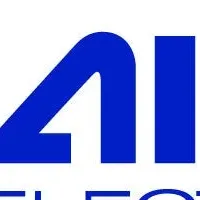
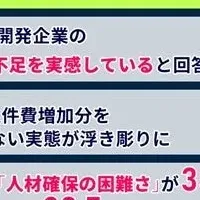
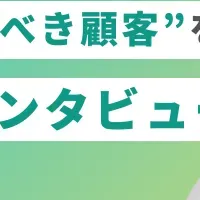

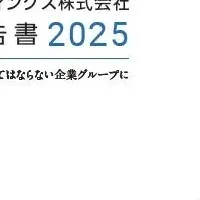

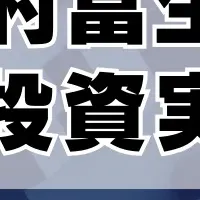
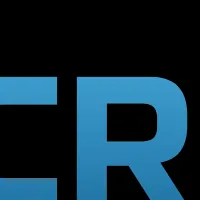
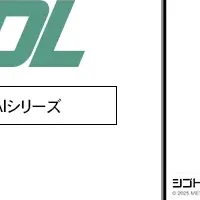
【About Using Articles】
You can freely use the title and article content by linking to the page where the article is posted.
※ Images cannot be used.
【About Links】
Links are free to use.